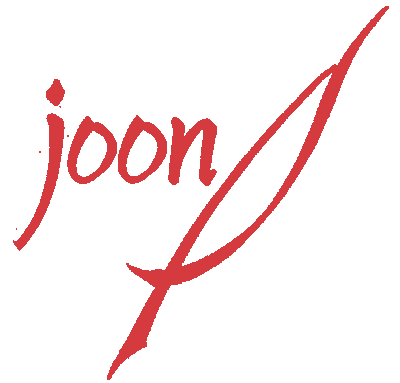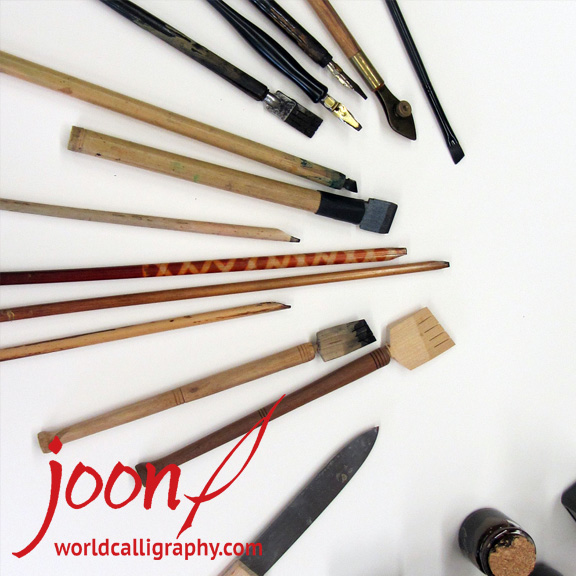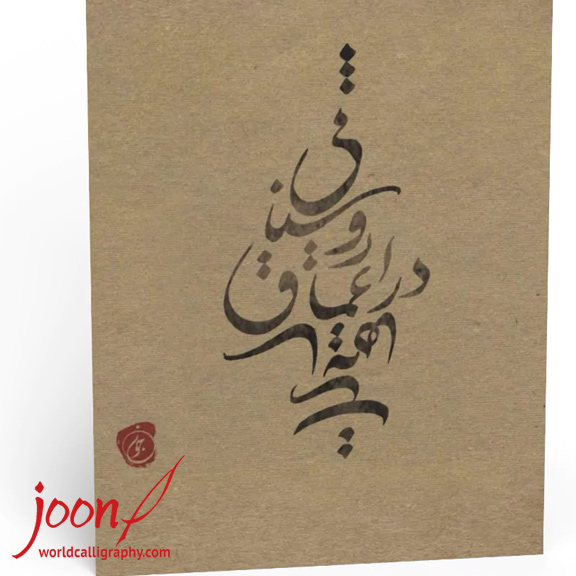The type of pen to be used depends primarily on what type of calligraphy you wish to undertake.
The fountain pen has made something of a comeback, and in its classic form is useful for a graceful cursive handwriting:
The cursive script style that is currently very popular features a greater variation between thin and thick lines than is typical of most handwriting and is written with a brush pen. This is a relatively new tool in the universe of calligraphy, but very practical and fun to use. The brush lettering style currently in vogue is based on a style of lettering used in commercial applications, particularly signage. The original tool was an actual brush.
A brush pen:
A brush pen of this type is also very useful for writing Chinese characters and Japanese and Korean calligraphy, all of which are traditionally written with a pointed brush:
While on the subject of pointed brushes, there are also the pointed pen styles. These include Copperplate and Spencerian, as well as other variations.
In the hands of a master calligrapher, this style can be written with a good fountain pen. The traditional tools for this type of script include the quill and various pointed nibs made of metal:
In addition to the pointed brush, there are also flat brushes. For lettering purposes a sign painter’s brush is best:
This moves us from calligraphy styles that use a pointed brush, to those that use a flat or chisel edged brush, or a chisel or broad nib pen. Roundhand, bookhand, Italics, classic Roman letters and the various types of Medieval European alphabets are all examples of broad nib styles. The pen or brush creates the requisite thin and thick lines based on the angle at which the tool is held by the calligrapher when writing:
For broad nib styles dip pens with nibs of different sizes can be used, or refillable fountain pens with squared or chisel nibs, or calligraphic markers—also with the chisel or squared tip.
Brass dip pen:
Broad nib fountain pen tips:
Broad nib calligraphy markers:
Many other alphabets and scripts use broad nibs pens as well. Notable among these are Hebrew, Arabic and the alphabets of South and Southeast Asia (Devanagari, Bengali, Tamil, Kannada, etc.). The traditional tools to write these scripts were bamboo or reed pens:
Newer technology includes some of the same broad nib pens shown above, plus new tools using absorbent microfibre tips. This may not look like much of a tool, but the results can be amazing:
The results in the hands of a master, in this case the calligrapher Massoudy:
There are many other tools that can be used for calligraphy, but these are the basic ones that would be on any calligrapher’s desk. The best advice I can give is to get used to the tool or tools of your choice and practice, practice, practice.


